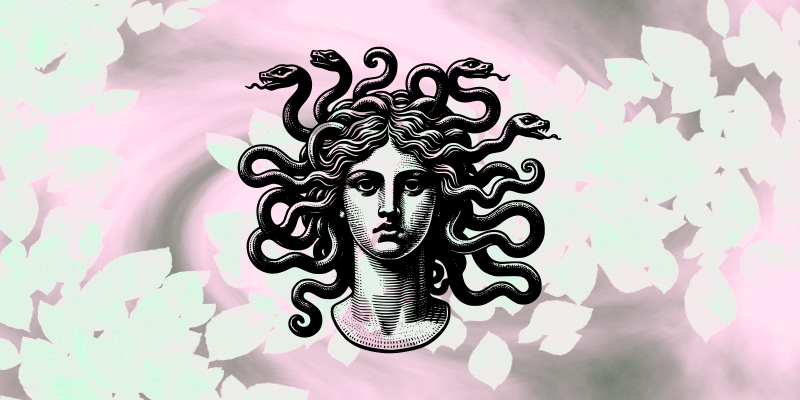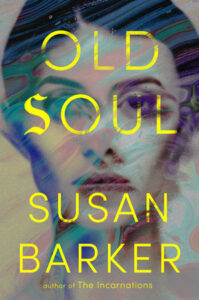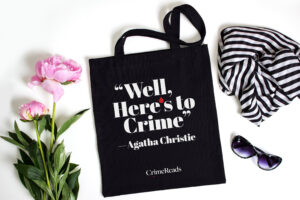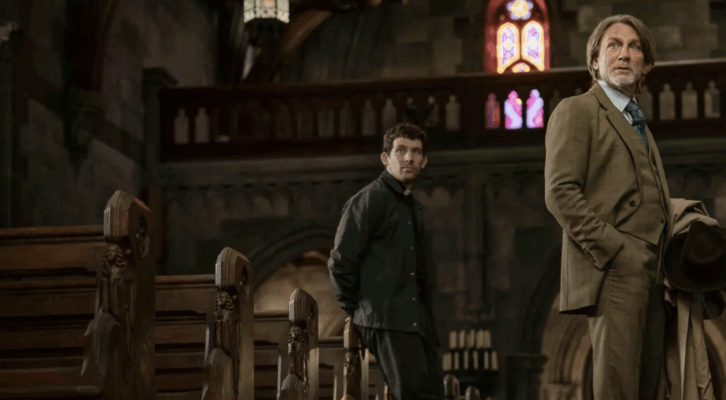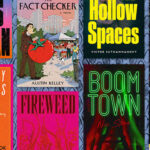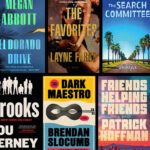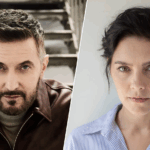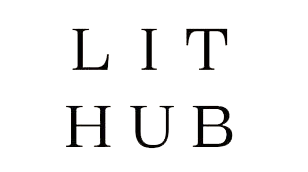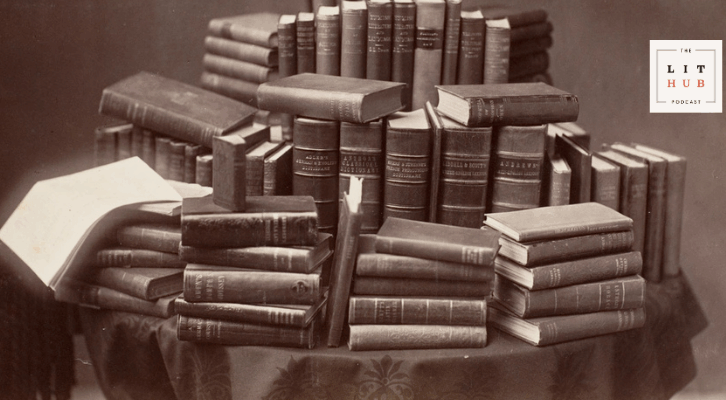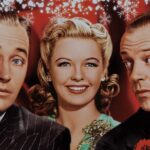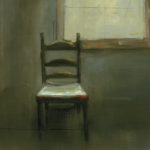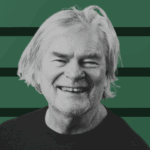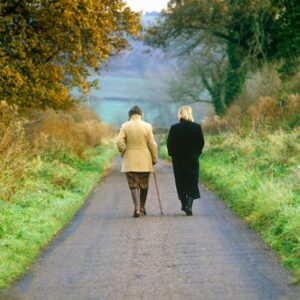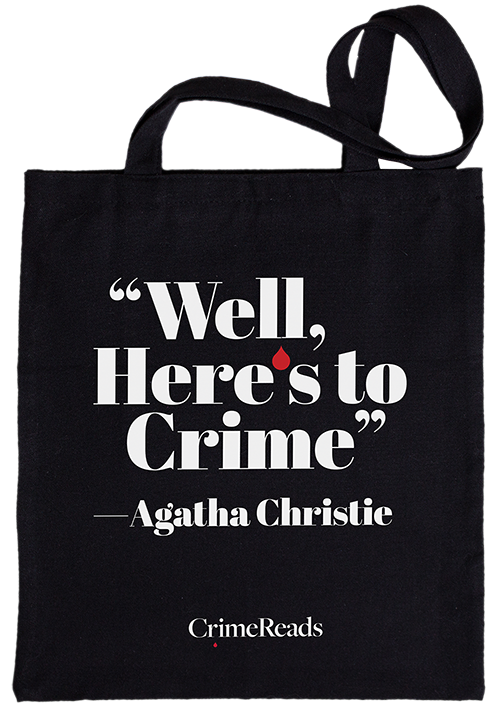What does it take for a woman to be monstrous? The protagonist of my latest novel, a literary horror called Old Soul, probably ticks a few of the boxes. She’s a predator, for a start. A woman-of-many-aliases who moves across centuries and continents, sacrificing people she meets in exchange for immortality. She doesn’t age and remains about forty years old. She’s determined to cling to life, even if others must pay in blood, and anyone who gets in her way ends up grievously injured or dead. Nothing else matters to her. Not family, which she abandoned long, long ago. Not human connections or belonging. In her brutal, stubborn will to survive for as long as possible, she’s solipsistic in the extreme. All her focus and drive have narrowed down to this one thing.
Grit. Tenacity. Determination. There aren’t many female monsters in the horror genre, but the few there are seem to have these qualities in common. From Annie Wilkes in Misery, forcing captive novelist Paul Sheldon re-write his book for her, to Pearl in Ti West’s X Trilogy, savage and unhinged in the pursuit of stardom. When they don’t get their way, they violently lash out, and as much as I wince as the sledgehammer or pitchfork splatters blood, there’s an uneasy recognition, too. They exteriorize the parts of us we keep choked down inside—the screaming, life’s unfair, tantrum-throwing parts, suppressed in order to function in society. And in the colder, more calculating monstrous women, I catch queasy glimpses of myself as well. In Under The Skin’s Isserley, endlessly driving the highways of Scotland, picking up hitch hikers to be castrated and penned-up before being slaughtered for meat. In Audition’s Asami, waiting patiently by the telephone for days, planning and biding her time before enacting her exquisite torture against the ‘casting director.’ It impresses me, I admit. The bloody-minded resilience. The sheer ferocity of will by which they get things done.
But a woman rarely gets away with her monstrousness for long, for another thing these antagonists have in common is they tend to be killed off in the final act. It’s a tidy, moral narrative closure. Her crimes are punished by death and the world now safe from her malignancy. Yet, despite this, Annie Wilkes and Carrie White et al live on powerfully and vividly in the audience’s memory as the surviving characters fade away. They were the stars of the show. They refused to be cast aside or marginalized. They grabbed the reigns of the central plot and steered.
And so I created a monstrous woman to steer the central plot of Old Soul. Though I didn’t think at first I had much in common with her, this woman of such unequivocal evil, during the eight years of writing the book, I slowly came to recognise how much of myself I was channelling into her creation. How much my main character’s calling, which is her own solitary and predatory existence, was a dark and distorting mirror held up to my own calling: the solitary writing of books. Because determined— perhaps deludedly and ludicrously so—to write, not an ordinary novel, but a great novel, I prioritized writing above all things: family, friendships, nights out, weekends away, traveling abroad (unless for well-planned research trips). And when I did partake in some recreational activity it was with a secret (though perhaps not undetectable) reluctance. Dragging myself away from my writing desk for any length of time was a wrench. My life was centered around my resolve to finish the book.
It’s shameful to admit to this turning away from other people, from life. I was thirty-six when I started Old Soul, and forty-four when I finished. At some point during the eight years of writing I probably crossed the point of no return regarding having children—my own biological children, that is. And though I’ve never particularly wanted to be a mother, there’s something alarming about deviating from the path that the vast majority of people take. Especially if not wanting to divert any time and resources away from the novel I was monomaniacally writing (the great novel) had anything to do with it.
There’s a stigma around a woman who doesn’t have children. A perception of—what? Selfishness? Tragedy? Failure? Whatever it is, it’s persistent and pervasive and impossible not to internalize to some extent. Art monster is a contentious term and the suggested binary between great artist and decent human being, or great artist and mother, has been rightly disputed. But false binaries aside, I’ve always quite liked it. It captures the guilty tug-of-war between my own self-centered ambitions and the obligations and duty of care I owe to others. It captures how monstrous I sometimes feel in the choices I’ve made (though would a bona fide monster experience such pangs?). And how monstrous I feel in what can’t be chosen, such as aging. Is it any coincidence that I created a monstrous woman when I was entering my forties? Departing from beauty standards that are really only youth?
It’s very gendered, this feeling of being deviant and wrong, and it fuelled Old Soul. My monstrous woman’s transgressions are a horrifying exaggeration of my own far lesser transgressions. But, unlike me, she’s not ashamed. There’s something I admire, even covet, about her certainty in her choices and lack of repentance for her sins. She wouldn’t feel bad about forgetting to reply to an email or a text, or any failure to be accommodating and people pleasing, or respond to some request with anything but amenable good cheer. She just rampages across the pages of the book I’ve written, obstinately refusing to die. Death is something that happens to other people, not her.
Did she make the right choices in the end – breaking away from love and human connection to live on and on and on? Did I, in my partial turning away from other people, from life, to write novels? There’s an existential question at the heart of Old Soul, about what constitutes a meaningful life. I’m not sure it can ever be answered. But my central character was my way of exploring it, though it was never something I set out to do.
A monstrous woman is not unproblematic. But in the horror genre, where most monsters are male and the female characters tormented victims or plucky, resourceful Final Girls, I’m glad that we have a few. As far as feminism’s concerned, it’s an odd thing to applaud. But perhaps it’s more about what a female monster represents: the explosive rejection of the societal pressures to be uncomplaining and compliant with all the emotional and domestic labour that women are expected to do. A fuck you to being well-liked and attractive, undemanding and self-sacrificing, and conforming to all the other limiting and inhibiting desirable traits. I don’t see a monstrous woman as aspirational in any way. Their toxic behavior and sociopathy aren’t to be emulated. But as much as I recoil when Baby Jane Hudson serves her sister that dead parakeet, or The Ring’s Sadako crawls out of the staticky TV screen towards her latest victim, I recognize that in their monstrousness they are very, very human, and admit a shiver of delight at their gleeful subversion of all we’re told women should be.
***

